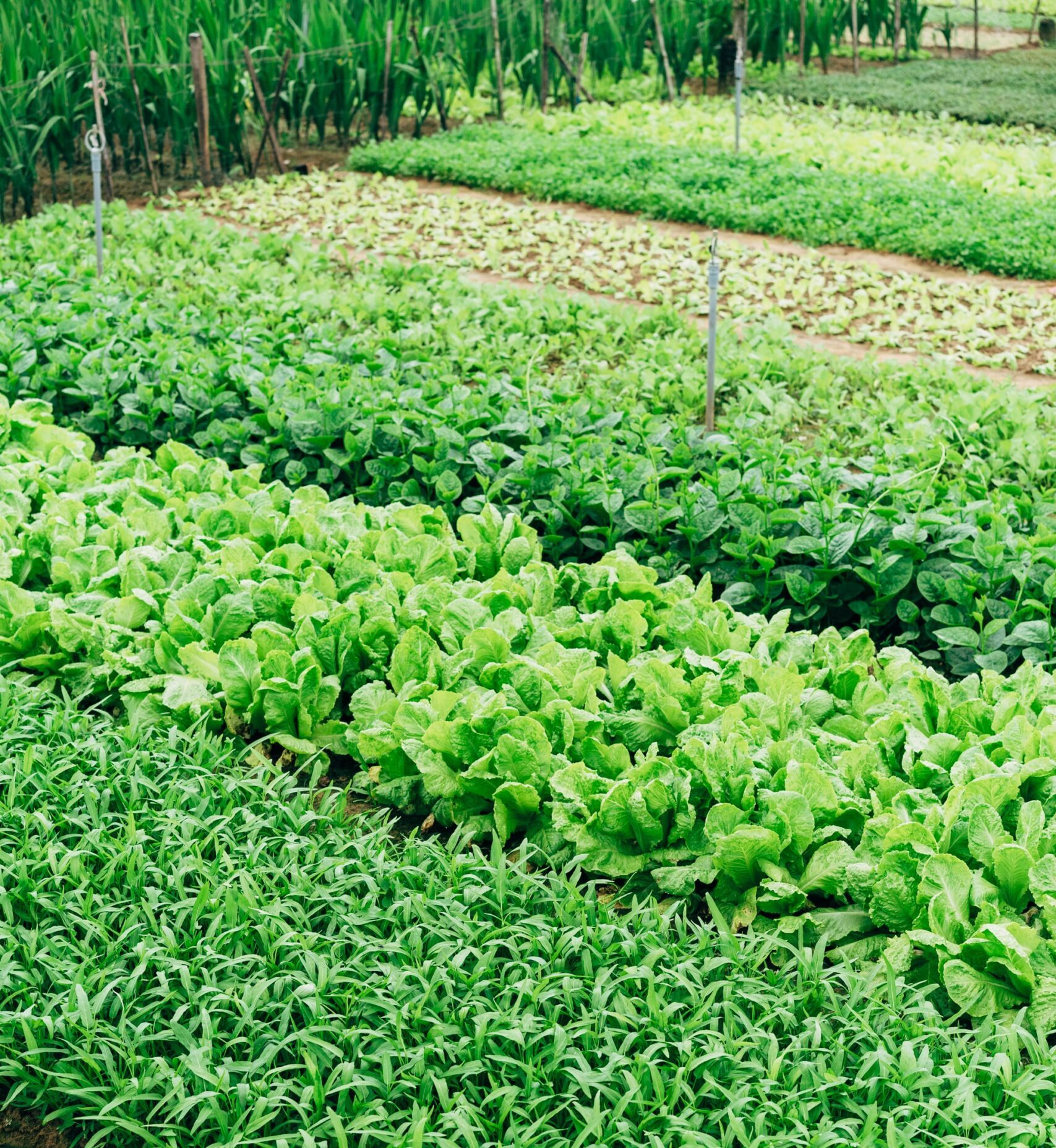The scientists behind new mind-blowing vegan textiles are proving that materials that involve cruelty of any kind can be made using plant-based, sustainable, cruelty-free methods. And they are everything our vegan, sustainable dreams are made of.
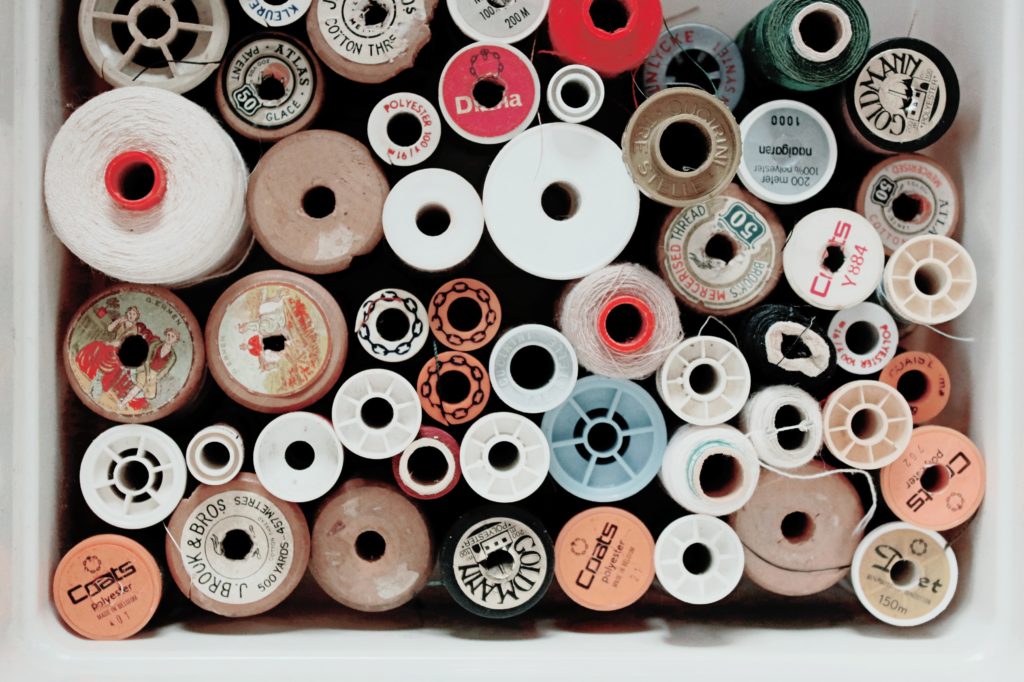
Most of these materials have been in the making for years or more than a decade, undergoing rigorous testing and improvements before market launch. These days, there are more awe-inspiring, eco-friendly materials popping up around the globe. It appears that we are finally entering the long-awaited era, in which designers are focusing on waste-free, sustainable methods.
While there are a ton of absolutely amazing natural textiles being produced, there are three that really stand out for me. These are the ones that I think will make a significant difference in the future of fashion.
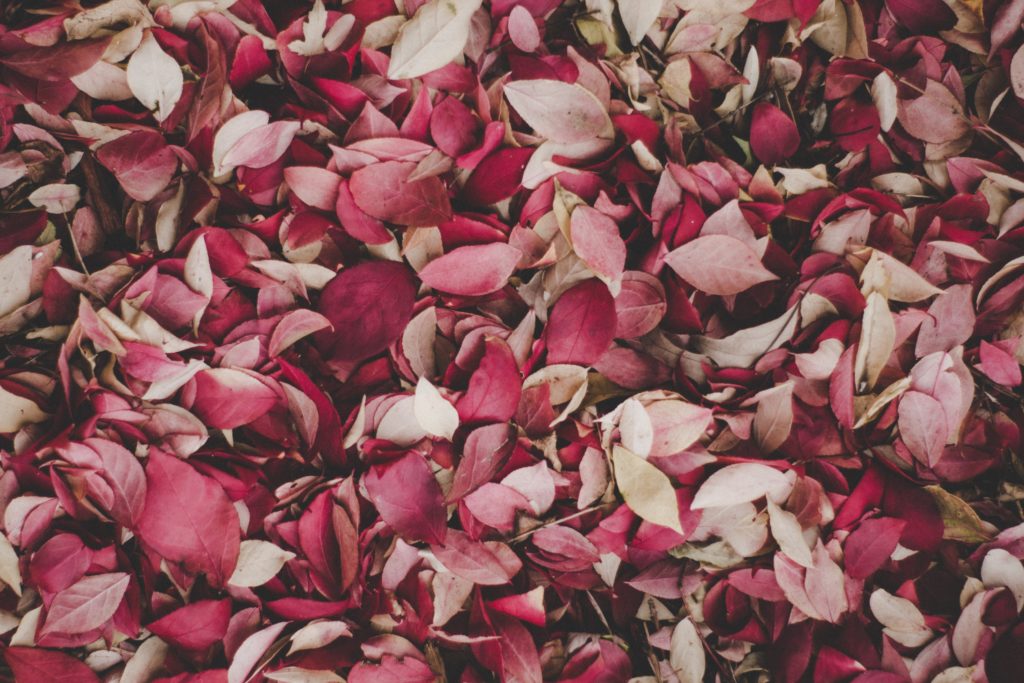
FLWRDWN
Truly a first of its kind, FLWRDWN surprisingly holds the same thermal capabilities as goose down does—without the animal cruelty.
For Pangaia, a “materials-science company on a mission to save our environment,” this means over ten years of researching and perfecting FLWRDWN—a flower-petal-based “down” used as insulation inside their puffer jackets.

But what stops these petals from decomposing inside of their jackets? Pangaia also developed “aerogel,” a bio-based polymer to hold the petals together. Unlike many vegan down-alternatives, like polyester, FLWRDWN is completely biodegradable and contains no synthetic materials.
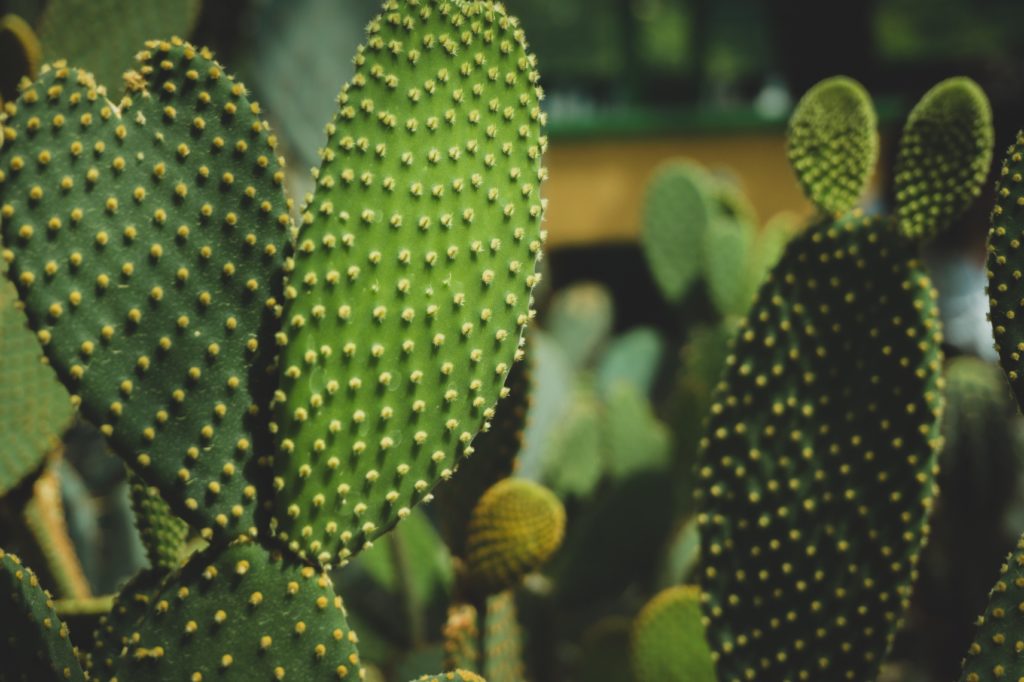
Cactus Leather
Cactus leather is breaking the internet right now thanks to the company’s commitment to sustainability and its creative genius.
Typical vegan leather materials are derived from plastics, but Desserto’s leather—which has been in the works for two years—is derived from the nopal cactus. This plant requires absolutely no watering, other than rain, in order for it to grow. Their aim when creating the company was “to offer [a] cruelty-free, sustainable alternative, without any toxic chemicals and PVC.”
And while their Cactus Vegan-Leather isn’t 100% biodegradable, it has won various awards and met “technical specifications required by the fashion, leather goods, furniture and even automotive industries.” Desserto boasts bacteria resistant, stainless, fire-retardant and cold-crack resistant qualities.

Microsilk
Microsilk has been around for a few years now. In March 2017, the company introduced its tie collection, which was its first commercially available product. The company has also collaborated with designers like Stella McCartney.
In case you were wondering, traditional silk is obtained from the cocoons of silkworm larvae. According to PETA, 3,000 silk worms are killed to make one pound of silk. A lot of us have a hard time finding compassion for insects—they’re so creepy crawly!—but I don’t think we can argue with the fact that these creatures want to live.
This is why Microsilk is such a breath of fresh air. What’s really cool about it is that it’s created from a fermentation process, combining yeast, sugar and water. Once the protein is formed, scientists isolate it, purify it and then spin it like cotton candy.
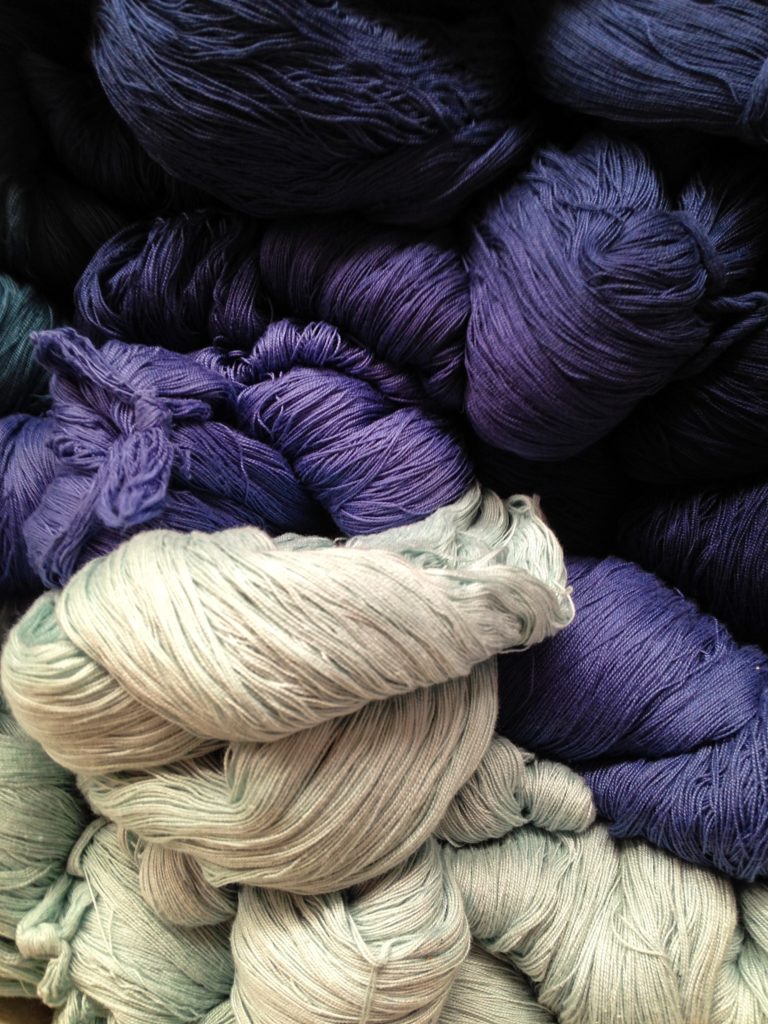
These three new textiles give life to the phrase, “Anything you can do, I can do better.” I can’t help but think of how unfortunate it is that the textile industry didn’t pursue more natural textiles to begin with. To imagine the lessened environmental damage, the lives that could have been spared.
But with knowledge comes responsibility—the reason so many choose to remain ignorant to the atrocities of this world. However, it happily appears that now that the world of fashion has the knowledge, they are choosing to act with responsibility.
Also by Nea: Why I Left My Dream Job Without A Real Plan
Related: Is It Okay For Vegans To Keep Wearing Wool? Why I Gave It Up
Discover These New Rising Sustainable Fashion Brands Before They’re Everywhere
Get more like this—Sign up for our daily inspirational newsletter for exclusive content!
__
Photo: Fleur, Owens, Nedelcu, Spratt, Naren, McCutcheon, Aguilar; Unsplash




